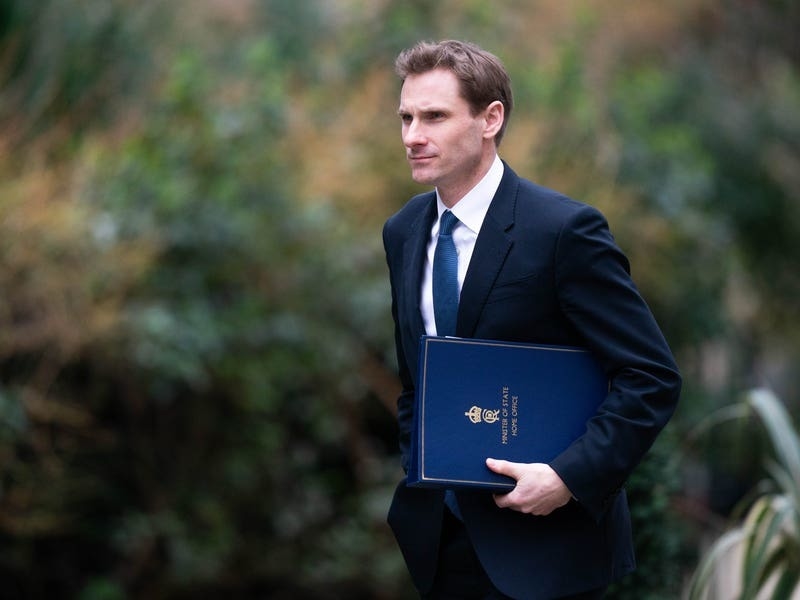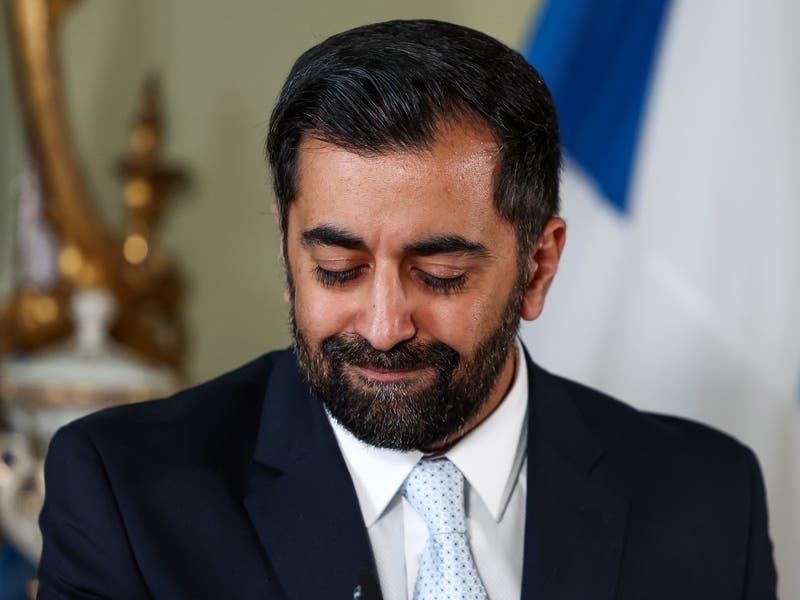The numbers allow a comparison of the mean-average pay for police officers, teachers, ambulance staff and some civil servants. They also reveal discrepancies in the pay of those who run departments. For example, the government’s director of communications earns more than the highest-paid police officer, teacher, nurse and firefighter.
The figures have been criticised by some politicians. Deputy Kirsten Morel said the government’s priorities were wrong and more should be paid to those delivering key essential services.
The communications director is paid in tier one, according to the government’s pay guidelines, which ranges from £141,000 per year to £175,000.
That is more than the highest-paid States police officers, who are in tier two, and therefore paid between £93,000 and £140,000.
The highest-paid members of the Fire and Rescue Service and Ambulance Service are also within the tier-two bracket, as are the most senior nursing professionals. Head teachers and deputy heads in Jersey are paid a mean-average salary of £78,166.
The director of communications role is currently being advertised, but it is unclear whether the salary will remain in the tier-one bracket. Previously, it was reported that the current director of communications, Stephen Hardwick, one of four interim consultants brought in by chief executive Charlie Parker to spearhead transformation, was initially on a day rate of £1,200, before switching to a fixed-term contract in April 2018.
Mean-average salary figures, obtained by the JEP following a freedom of information request, show that communications staff working for the States are paid more than those in the teaching profession, in nursing and those working for the Ambulance Service.
The mean-average pay per year based on actual contracted hours for communications staff is £53,363, bettered only by the mean-average pay for employees of the States police, which is £58,777.
Following their pay deal and agreed rise, teachers will earn a mean-average salary of £56,757 per annum. More than half of all teachers also receive at least one supplementary allowance, which will be worth between £2,686 and £16,116 in 2020, and are paid on top of their basic salary.
Based on their contracted hours, nurses are paid a mean average of £38,528 and Ambulance Service staff are paid £43,284 on average.
A mean-average salary is calculated by the sum of all salaries within a department divided by the number of employees.
Deputy Kirsten Morel said: ‘The fact that the head of communications is paid more than the heads of nurses and the emergency services shows that there’s something wrong with the government’s priorities.
‘Rather than paying most to those delivering essential public services, the government pays most to those involved in its own administration.This proves that the government is more concerned with itself than it is with the delivery of excellent public services.’
Deputy Kevin Pamplin said a rule that top earners in each area should earn the same could be the way forward.
He said: ‘The Government Plan proposes to save £100 million and at the same time put certain salaries up.
‘It is a difficult one and I don’t think there is one answer to solve those, but could everyone at, say, a manager level be paid the same, much like States Members are paid the same?
‘There could be one band for all in certain roles and then incentives. But it is a tricky one.’
A proposal by the States Members Remuneration Review Body, released this week, suggested salaries should be higher for the Chief Minister, as well as other ministers and heads of Scrutiny panels, compared with other Members.
Deputy Jess Perchard said: ‘I think the government needs to stop valuing economics over the human roles, of the likes of fire and ambulance.
‘Not everything is about money.’
A spokeswoman for the government said: ‘It is difficult to compare a team of fewer than 30 people to roughly 1,000 nurses and midwives and around 1,000 teachers.
‘The small number of senior roles in the Communications Directorate, which include the director of communications, has a disproportionate impact on the average of salaries.’






